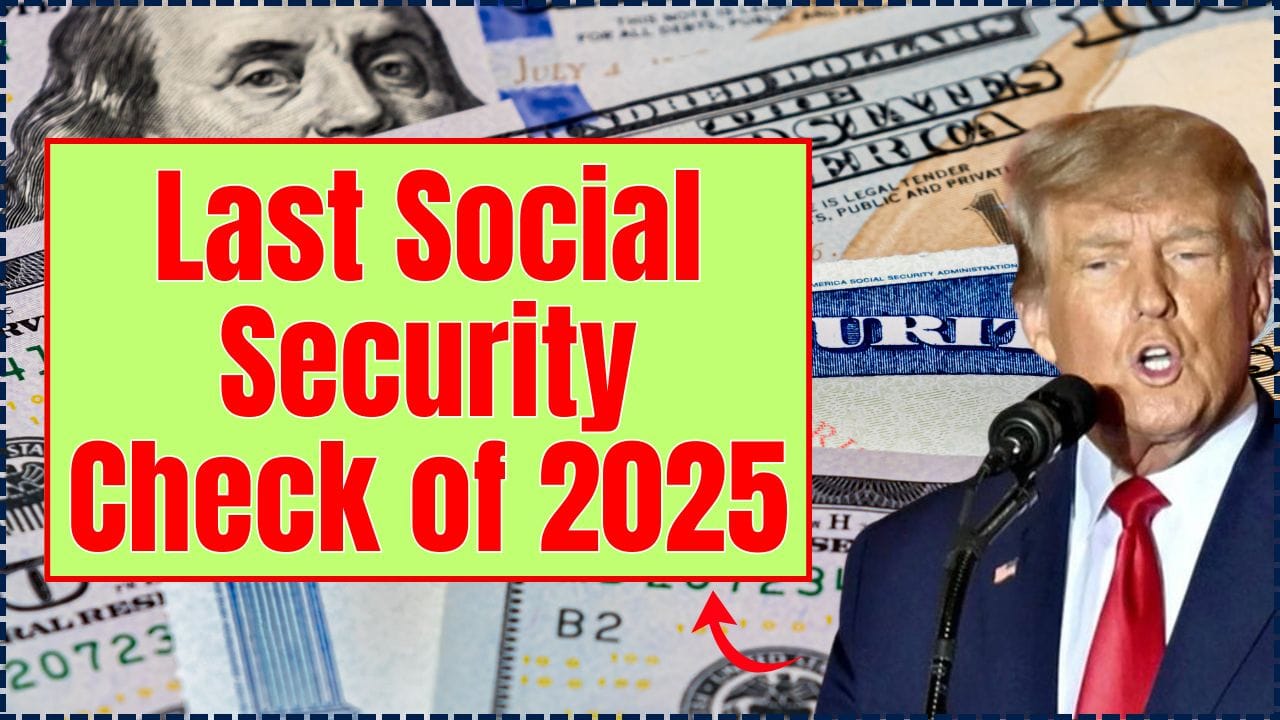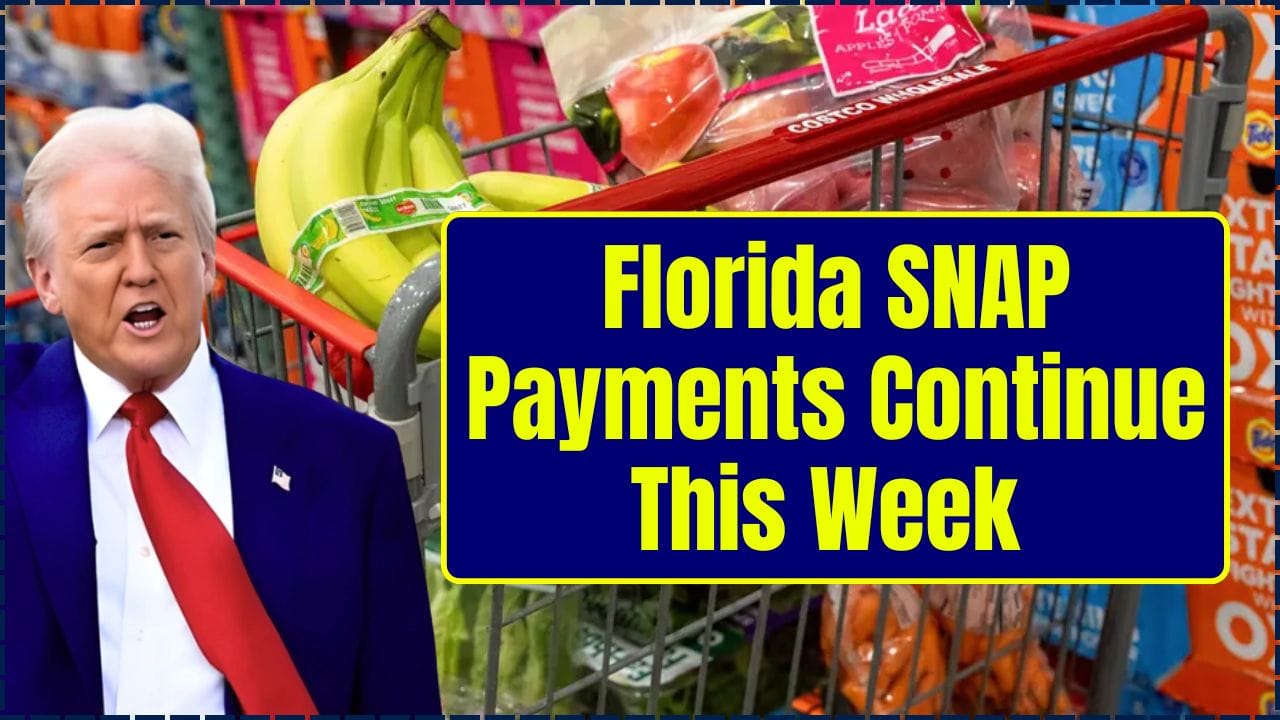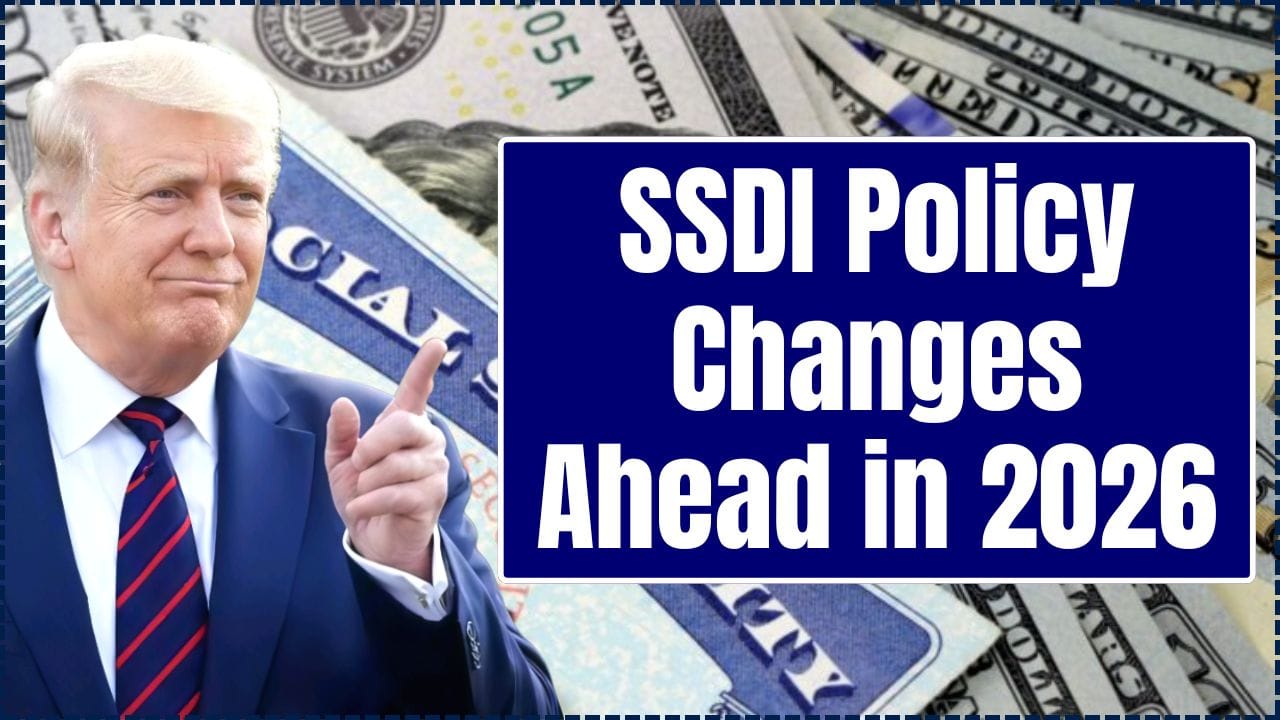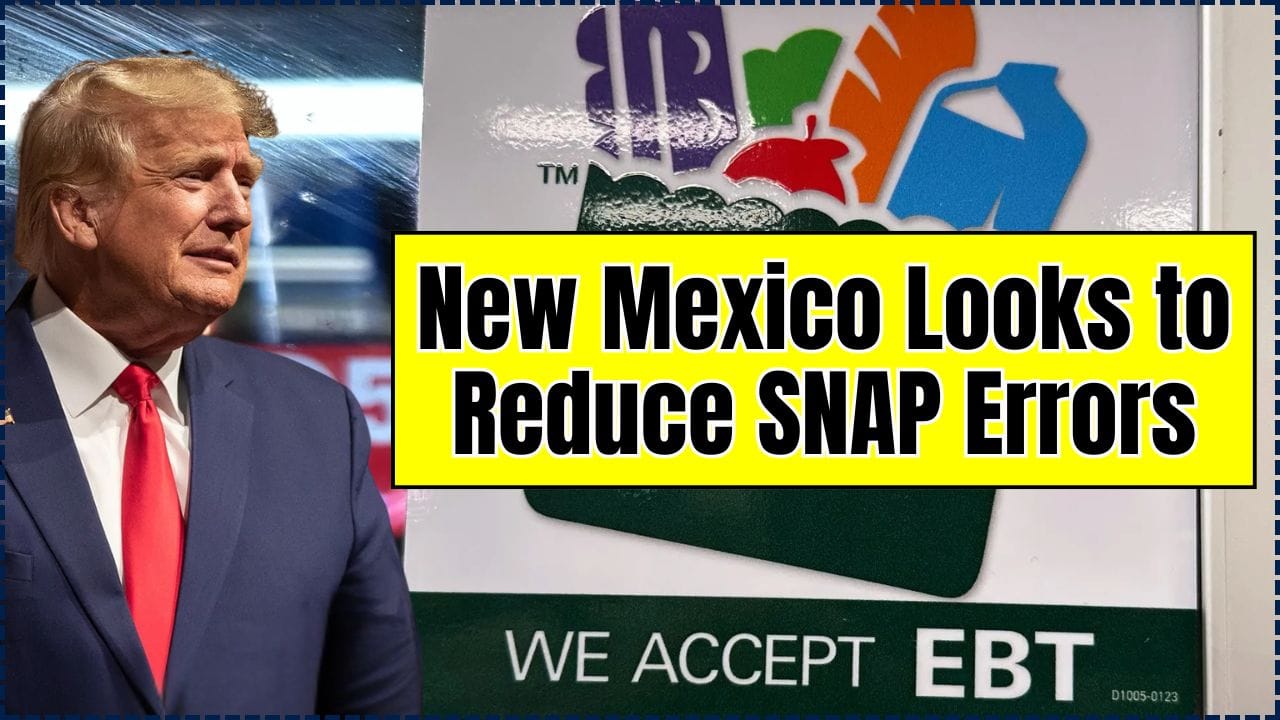Navigating the journey to a United States visa can feel like a complex puzzle, and for many, the biggest piece is simply securing an interview appointment. If you’re wondering about the United States visa interview wait times, you’re not alone. The post-pandemic world has seen a mix of improvements and persistent backlogs, making the process a game of strategy, patience, and preparation. This article will provide a clear, comprehensive overview of the average wait times for non-immigrant visas across all major sub-continents as of August 2025 and offer actionable advice to help you successfully navigate this crucial step.
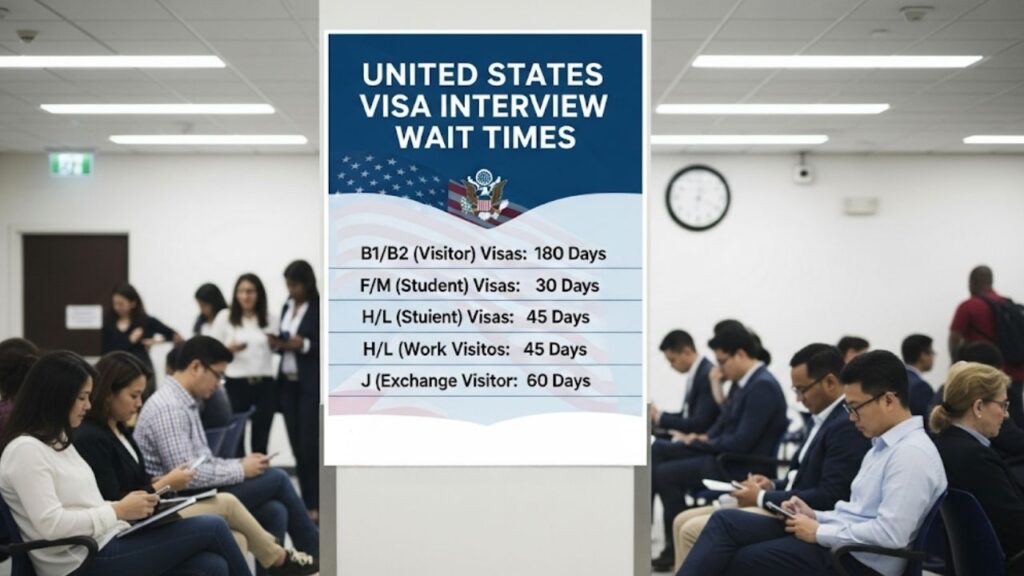
The landscape of United States visa interview wait times is constantly changing. While some regions still face significant backlogs, particularly for first-time tourist visa applicants, the situation is not insurmountable. By understanding the regional variations and adopting a strategic approach—booking early, checking for cancellations, and preparing thoroughly—you can significantly increase your chances of a smooth and successful visa journey. Your dream of traveling to or studying in the U.S. is within reach; it’s just a matter of smart planning and persistence.
The Global Picture: A Sub-Continent Snapshot
The U.S. Department of State provides official wait time estimates, but these are just averages. The reality on the ground can vary significantly by country, visa type, and even the specific consulate. In my experience advising global applicants, one common hurdle is relying solely on broad averages. The real insight comes from understanding the regional trends and local factors that cause fluctuations.
Asia
Asia continues to present a diverse range of visa wait times. While some countries offer relatively quick appointments, others are still grappling with significant backlogs. The sheer volume of applications, particularly for B1/B2 and F-1 student visas, places immense pressure on consular sections.
- South Asia: This region, especially India, often faces some of the longest wait times globally. While wait times have improved from their post-pandemic peaks, they remain high in many major cities. As of August 2025, B1/B2 visa applicants in India can face wait times ranging from three months in some consulates to over eight months in others, with student visa applicants generally having a much shorter wait. This is a crucial distinction: student visas are often prioritized due to academic deadlines, while tourist visas for first-time applicants can take much longer (Source: The Economic Times, August 2025). Countries like Nepal, however, may see shorter waits, with appointment times of around one month.
- Southeast Asia: The picture here is more positive. Countries like Singapore and the UAE (often used by applicants from neighboring nations) offer some of the fastest appointments in the world, often within a month or less (Source: The Economic Times, August 2025). Thailand and Vietnam have also made progress in managing demand, with wait times that are more manageable than those in South Asia.
- East Asia: China’s visa services have resumed, but with increased scrutiny and potential for delays. The U.S. Embassy in Beijing has noted that due to staffing limitations, they may not be able to process as many applications as in previous years, which could increase wait times (Source: U.S. Embassy & Consulates in China).

Europe
The visa situation in Europe is, for the most part, highly efficient. Many U.S. embassies and consulates across the continent have managed to clear most of their backlogs. For residents and third-country nationals, this often means quick access to appointments.
- Western & Central Europe: Wait times in major cities like London, Paris, and Berlin are typically very short, often just a few weeks or even days, for both non-immigrant and immigrant visas. This has made some European locations attractive for “third-country national” applicants who may be able to secure a faster appointment there than in their home country.
- Eastern Europe: Post-pandemic, some countries still experience slight delays, but most have normalized. Wait times in places like Warsaw are often measured in days, not months (Source: U.S. Embassy in Poland).
The Americas
For our neighbors in the Americas, visa wait times can be a mixed bag, influenced by local demand and consular capacity.
- South America: In countries like Brazil and Colombia, routine visa services have resumed, but appointment backlogs can still exist for certain visa categories. For example, some non-immigrant visa applicants in Bogota may still face significant waits. The U.S. Department of State website remains the best resource for checking specific embassy data.
- North America: The situation in Canada is generally very efficient, with most non-immigrant visa services fully operational and wait times being minimal for both Canadian citizens and residents.
Africa and the Middle East
Africa and the Middle East show a wide disparity in wait times. While some posts have very short waits, others continue to face challenges.
- Africa: The visa landscape in Africa is varied. While some consular sections are able to offer appointments within weeks, others in high-demand locations can have much longer backlogs. In 2024, data showed some of the longest waits globally in places like Accra, Ghana, though this has seen some improvement. Consular staff capacity and high demand continue to be the primary drivers of wait times in the region.
- Middle East: The wait times in the Middle East, particularly in the Gulf region, are generally very favorable. Consulates in cities like Abu Dhabi, Doha, and Kuwait often have non-immigrant visa appointment availability within days or a few weeks, which is why many applicants from neighboring countries travel there for their interviews (Source: The Economic Times, August 2025).
Oceania
For countries like Australia and New Zealand, the visa process is typically quite streamlined. Non-immigrant visa applicants can generally secure an appointment within a reasonable timeframe, often just a few weeks. The high number of Australians eligible for the E-3 specialty occupation visa also means a relatively smooth and well-oiled process.
Strategies to Navigate Long Wait Times
Even with a comprehensive understanding of US visa interview wait times, you can still feel powerless. But you’re not. I’ve seen many successful applicants take a proactive and strategic approach. Here are some of the most effective methods:
- Book Your Appointment Immediately: The single most important piece of advice is to book your appointment the moment you have your DS-160 confirmation and required documents. Even if the date is far off, secure it. You can always try to reschedule later.
- Use the Rescheduling Feature: Consulates regularly release new appointment slots—sometimes due to cancellations or increased staffing. Log into your profile frequently, sometimes multiple times a day, to check for earlier openings. This is often how applicants with distant dates manage to get their interview weeks or even months sooner.
- Consider an Expedited Appointment: If you have a genuine emergency, such as a serious family illness, or a time-sensitive need like a school start date, you may be eligible for an expedited appointment. These are granted at the discretion of the consulate. Be prepared to provide clear, documented evidence of your urgent need.
- Explore Third-Country National Appointments: In some cases, if you can legally enter and stay in a country with shorter wait times, you may be able to schedule an interview there. This strategy requires careful research to ensure you meet all legal requirements for both countries.
[VIDEO EMBED PLACEHOLDER – URL: [Suggest a relevant YouTube video topic, e.g., ‘Official U.S. Visa Scheduling System Tutorial’ or ‘Tips for U.S. Visa Interview Success’]]
The Two Biggest Takeaways
- Wait times are not static: They are a moving target based on demand and staffing. The official State Department website is a good starting point, but always check the specific embassy’s appointment calendar for the most up-to-date availability.
- Preparation is key: The wait time is the period you have to ensure your application is flawless. Don’t view it as a burden, but as an opportunity. Use this time to meticulously prepare all your documents and be ready to articulate your purpose of travel with confidence.
Your 2025 Guide to Navigating New Zealand’s New Work Visa Policies
New USA Visa Restrictions for Censoring Americans Starting June 2025
FAQs
Q1. Are all visa types affected by long wait times?
A. No. While B1/B2 (tourist/business) visas often have the longest waits, student (F-1) and certain employment-based visas are generally prioritized and have much shorter wait times, especially for first-time applicants.
Q2. Is it better to apply in a major city or a smaller one?
A. It depends. While major cities may have more appointments available, they also have higher demand. Smaller consulates may have shorter lines, but their appointment slots may be released less frequently. It is best to check the official U.S. Department of State’s wait time tool for a location-specific estimate.

